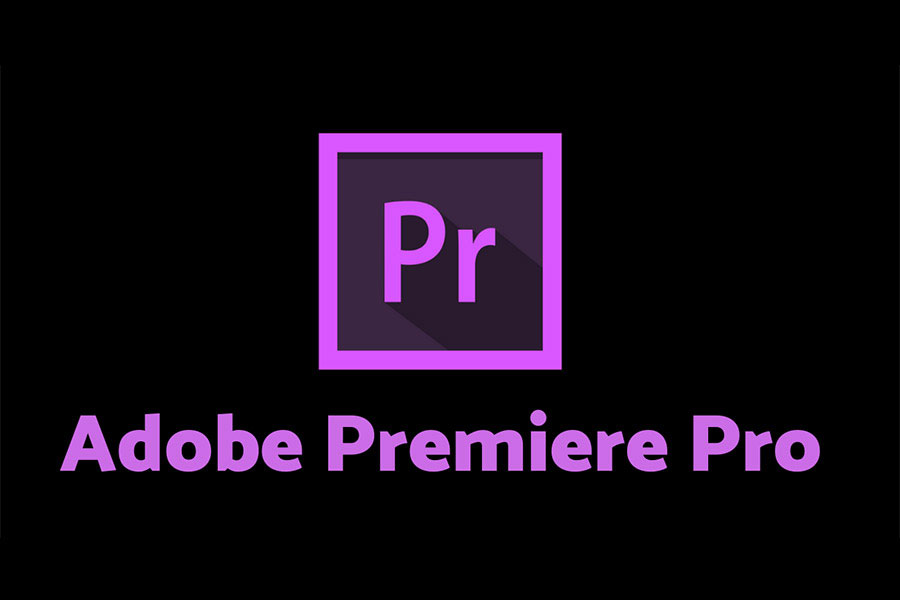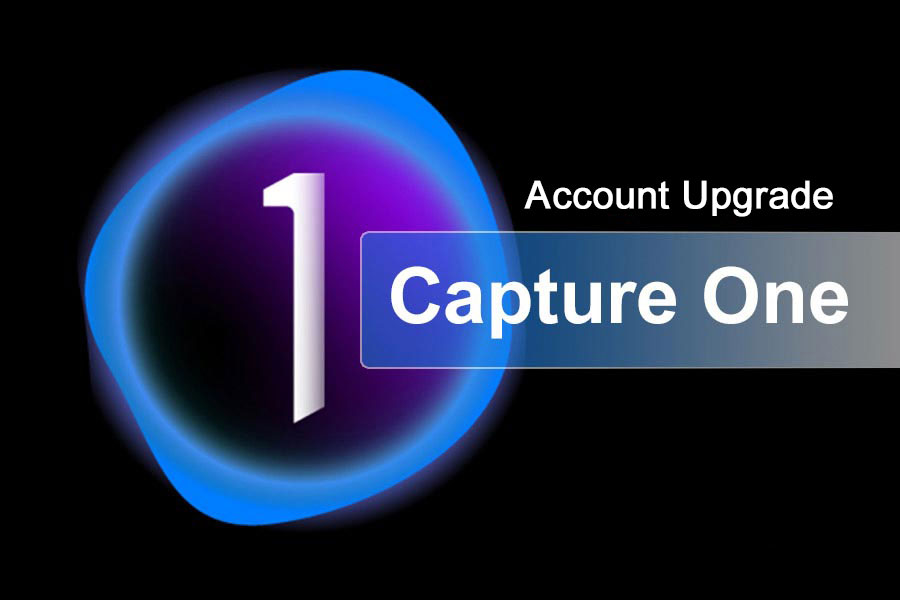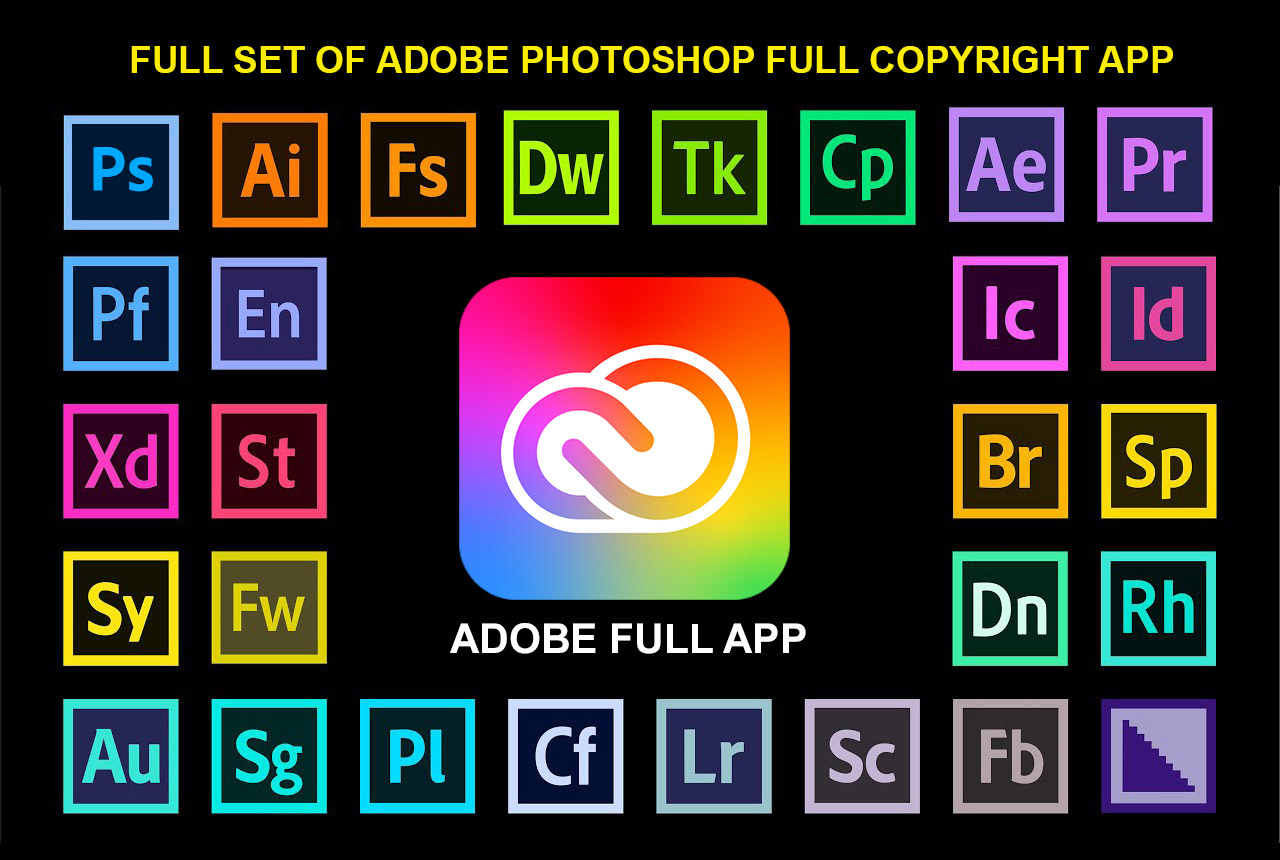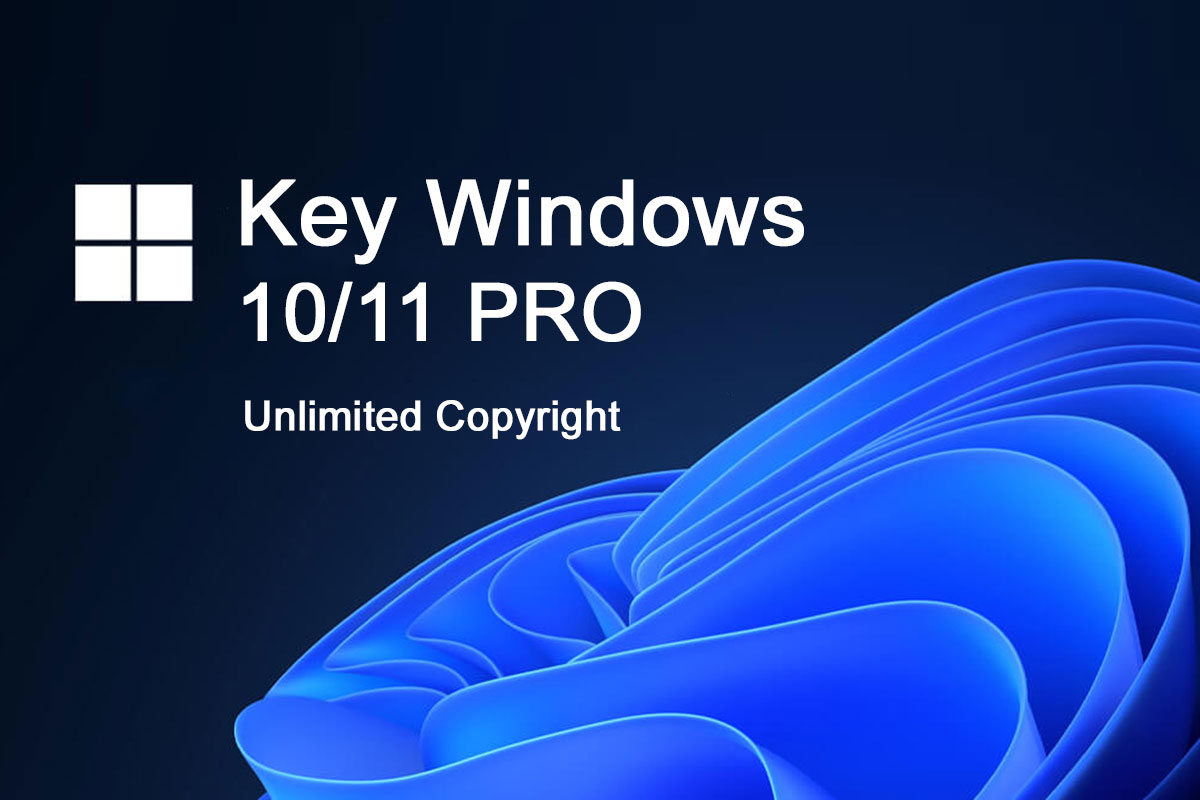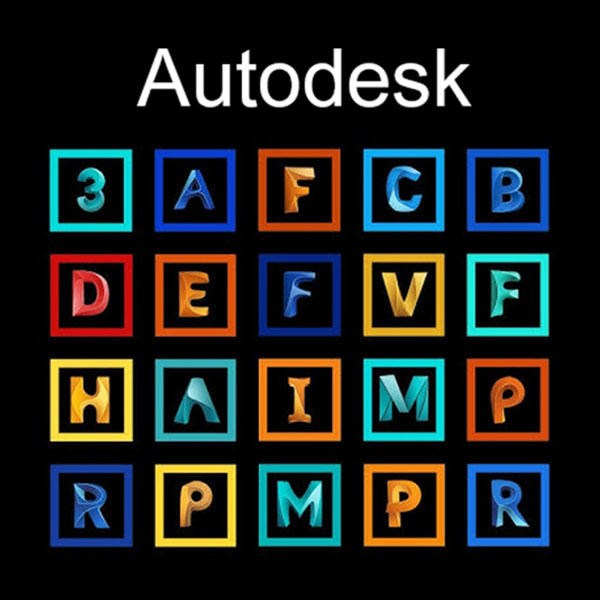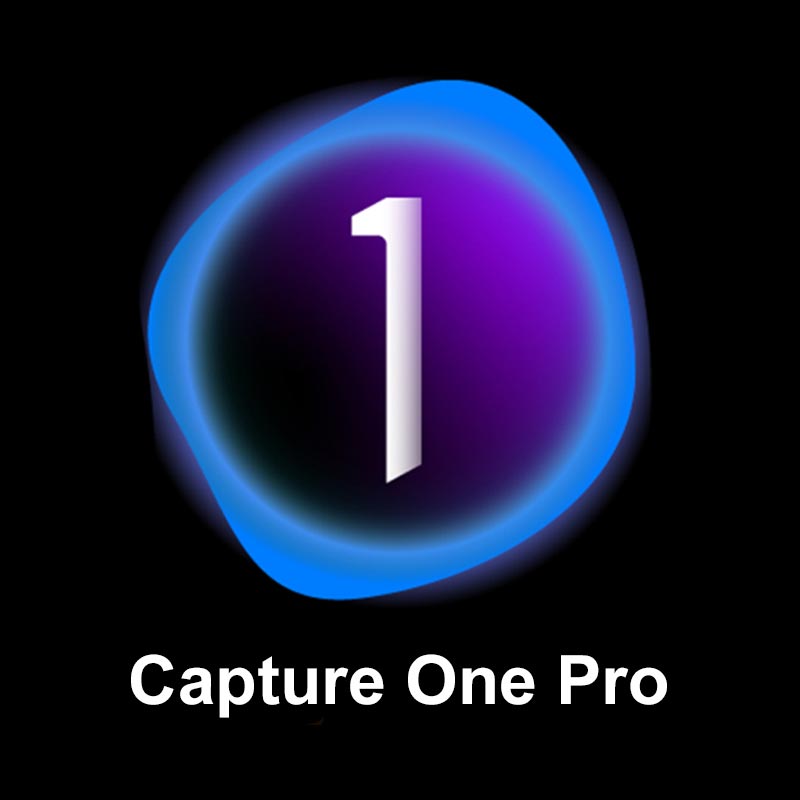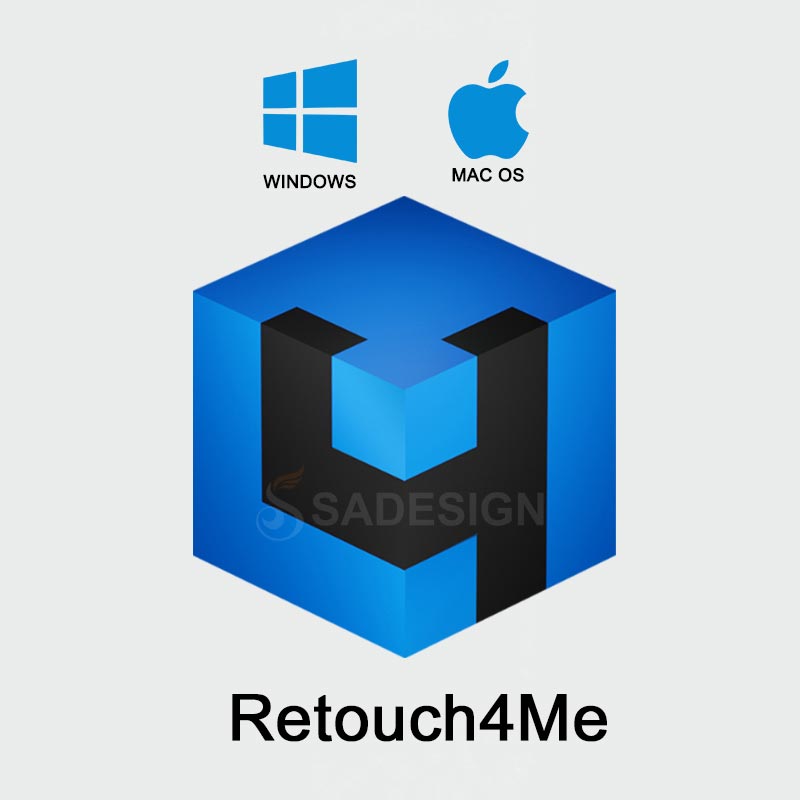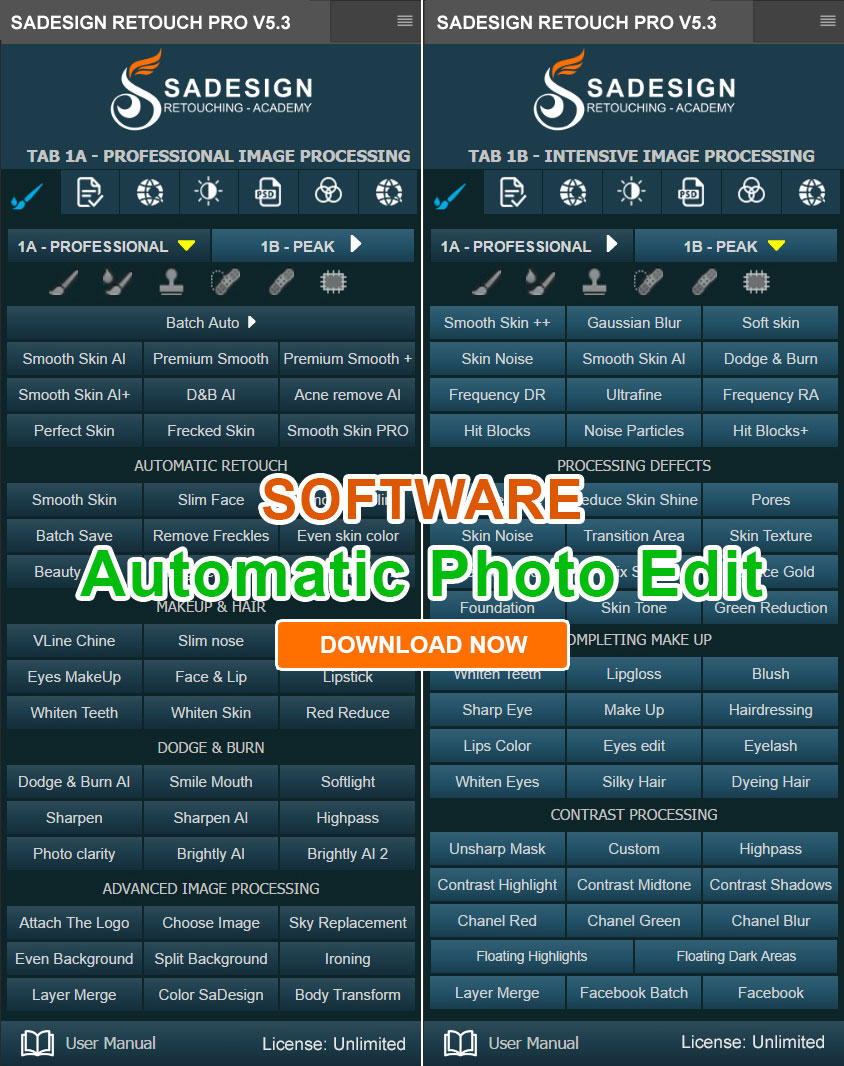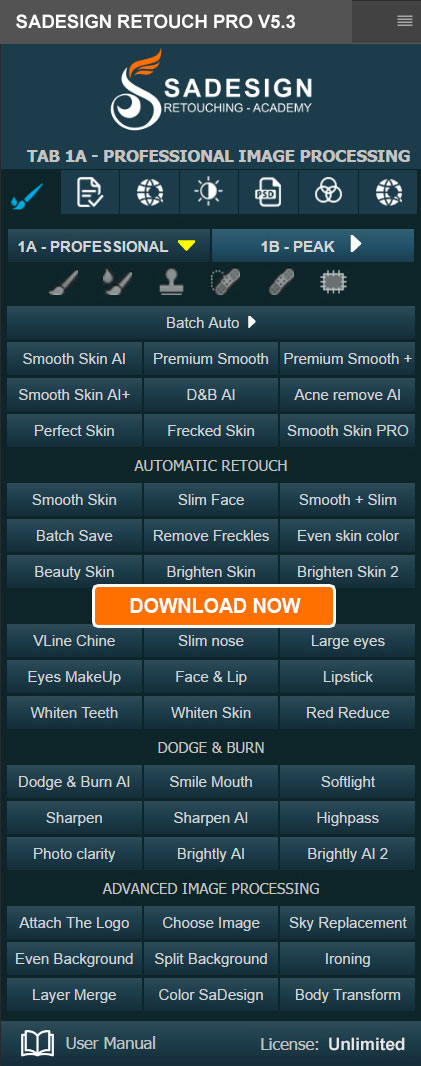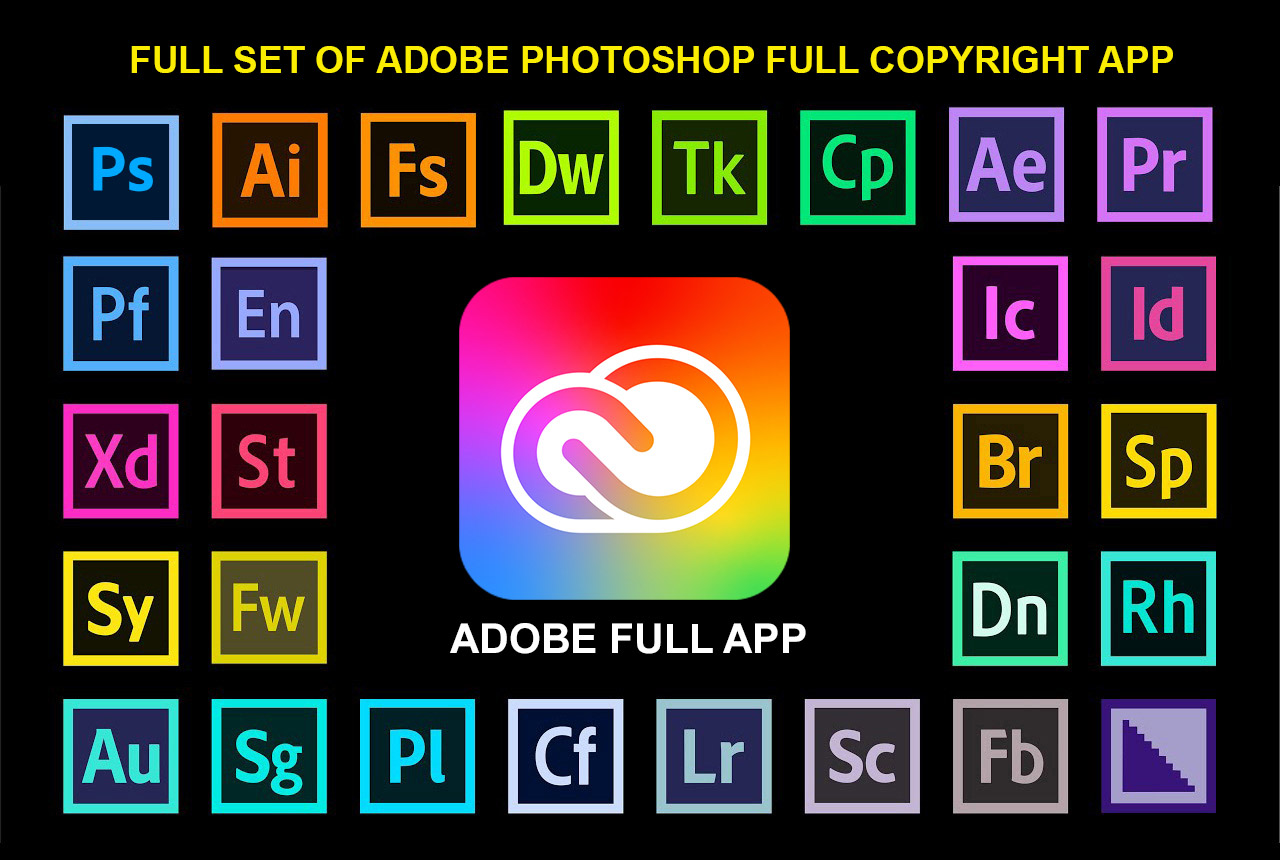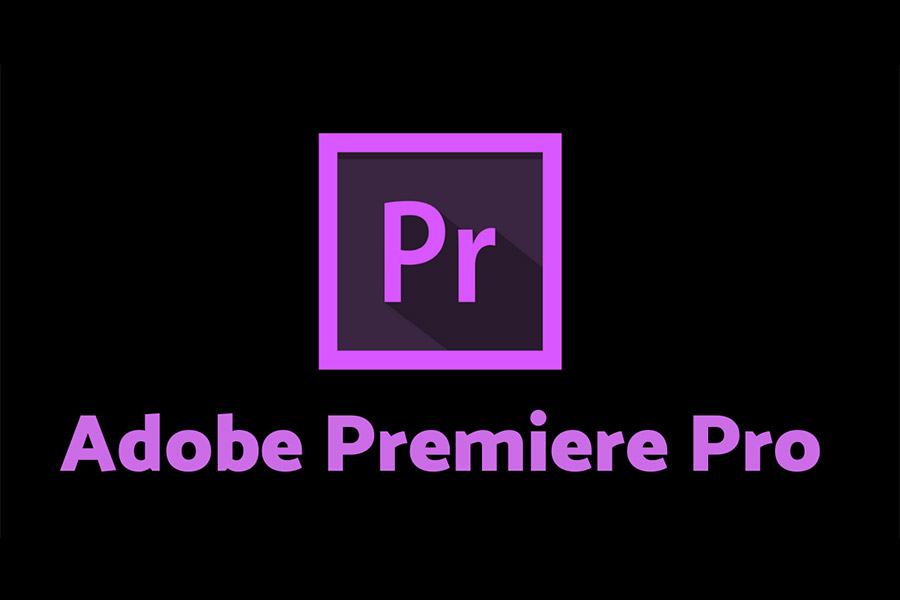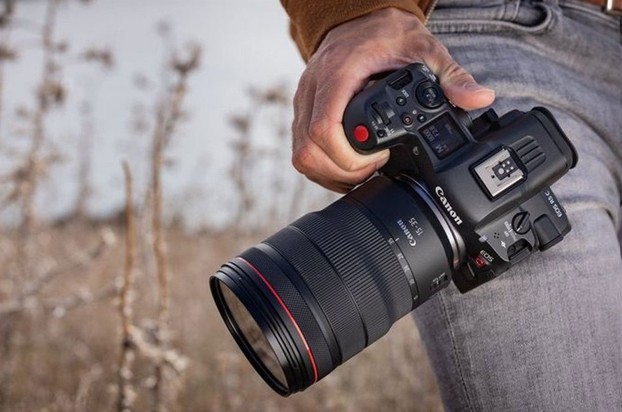Best Selling Products
Why Are Cinema Lenses Always So Expensive? What's the Difference Between Them and Regular Photographic Lenses?
Nội dung
How is a Cinema Lens different from a regular photographic lens, such as the familiar 24-70mm f/2.8?
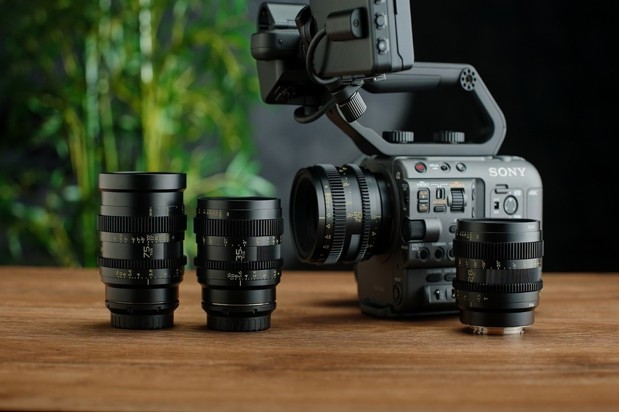
If you are a beginner in the world of photography, you must have wondered: How is a Cinema Lens different from a regular photographic lens, such as the familiar 24-70mm f/2.8? Why is the price of a Cine lens much higher with the same focal length and aperture? So what exactly is a Cinema lens, what is so special about it? Let's explore the details with SaDesign in this article.
1. Cinema Lens Design
When you start to delve deeper into the world of professional cinematography, one of the first noticeable differences is the design of Cinema lenses compared to regular photographic lenses. This distinction lies not only in the appearance but also in the way the dials are constructed and the internal operating mechanism.
1.1. Focus and aperture rings
The first thing that makes cinematographers appreciate Cinema lenses is the meticulously crafted focus ring and aperture ring. Most Cinema lenses have the focus distance clearly marked on the focus ring, helping the camera operator to track and adjust more accurately. This ring is designed in the form of a gear, compatible with specialized focus motor systems that usually have a standard size of .8 MOD or 32 tooth pitch. Thanks to that, any motor or ring that meets this standard can be replaced and flexibly assembled together.
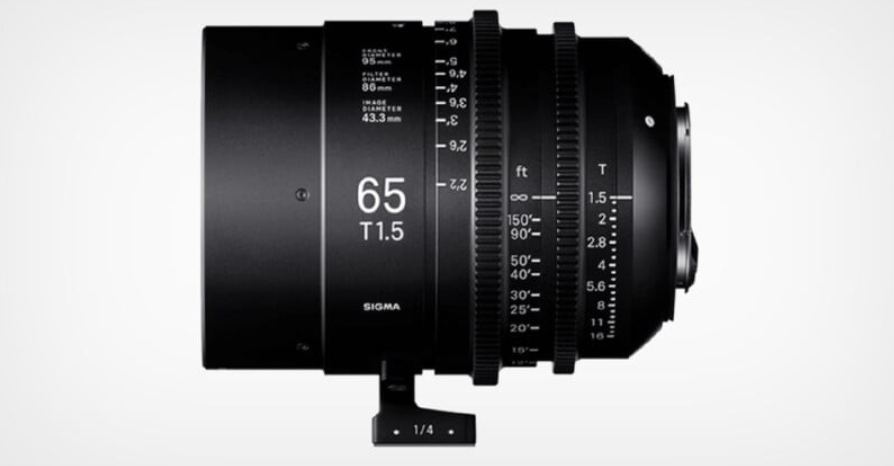
Unlike conventional photographic lenses that use infinitely rotating focus and aperture rings, Cinema lenses have clearly defined physical stops. The focus and aperture adjustment systems are usually electronic, rather than purely mechanical. This is a major improvement, helping the camera operator minimize errors and operate more quickly when setting up the camera. In particular, the aperture ring is designed to operate smoothly, allowing for smooth exposure adjustments even while recording, which is essential when the scene lighting changes suddenly.

Another important difference is the way the aperture is marked. While photographic lenses indicate aperture using F-stops, which are the ratio of focal length to the diameter of the opening, Cinema lenses use T-stops. These are a measure of the actual amount of light that passes through the lens and reaches the sensor, allowing for greater precision in filming. For projects that require multiple camera angles, multiple shots, and minimal post-production editing, T-stops save time and money. Interestingly, while both lenses are marked f/1.4, the actual T-stop number can vary significantly, depending on the design and quality of light transmission inside.
1.2. Cinema lens mount
In addition to the rotating ring design, the lens mount is also a factor that makes Cinema lenses distinctly different. Most popular photographic lenses often use F, EF, L, M43, Z, RF, E mounts... This is a spring-loaded lock mount, quick to assemble: just rotate it correctly and press the button to remove it. This type of mount is very popular on mirrorless cameras or compact DSLRs, suitable for flexible, lightweight filming tasks.
However, when it comes to highly technical film projects, the PL (Positive Lock) and LPL (Large Positive Lock) mounts are almost standard. These two mounts were developed by Arri Film Company, famous for their strength and ability to hold heavy lenses without worrying about shifting when moving the camera. The PL mount's operating mechanism is very unique: it uses 4 large tabs on the lens to fit into grooves on the camera body, then is secured with a sturdy locking lever.
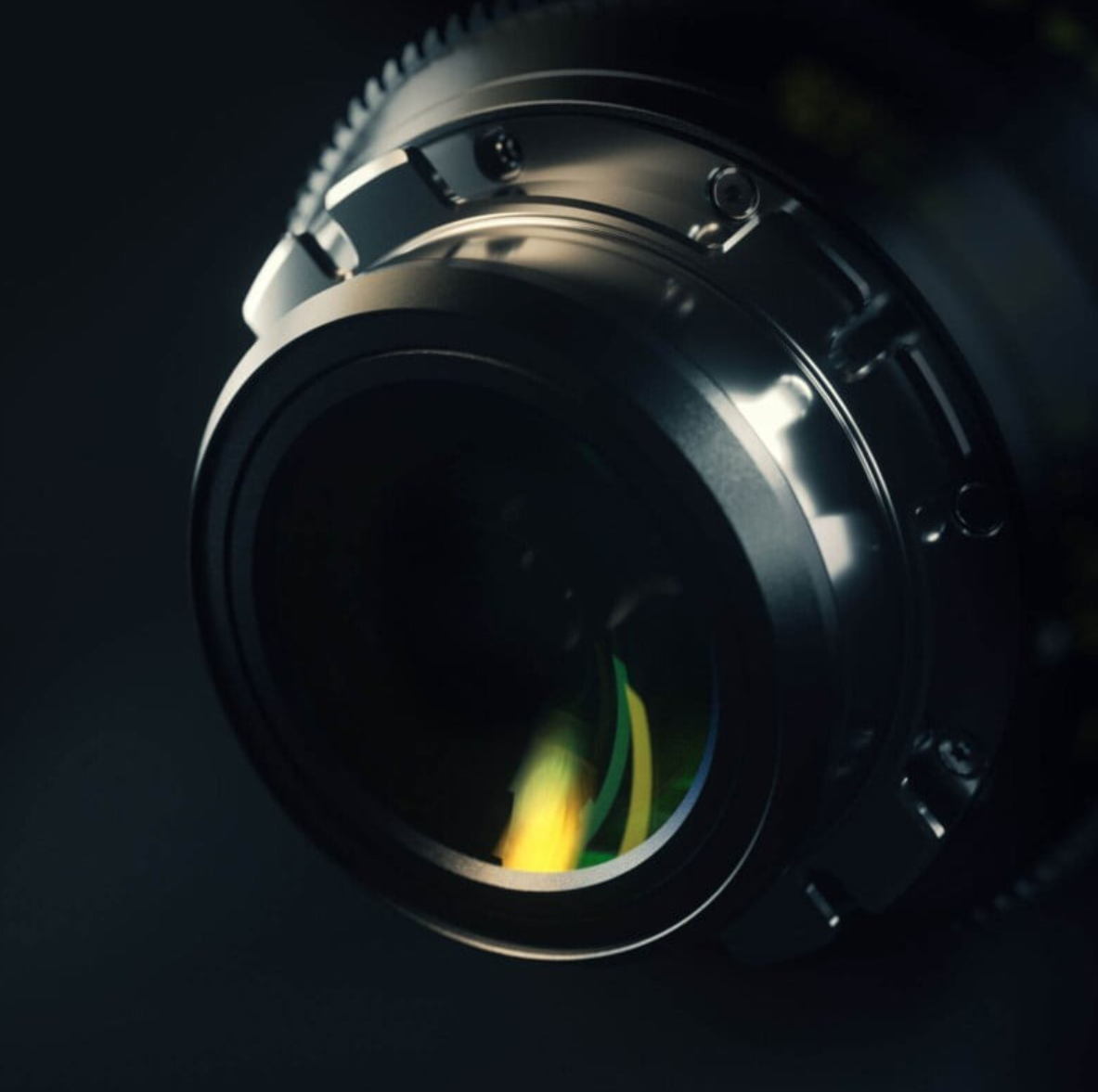
The advantage of the PL mount lies in its simple yet extremely reliable design, compatible with many professional camera models. To expand the mounting capabilities, users can also buy additional adapter mounts from brands such as Wooden Camera or Metabones, helping to turn DSLR or mirrorless cameras into “Cinema cameras” in the blink of an eye.
With the LPL mount, Arri continues to open up new options for modern film crews. Although using a similar locking mechanism to the PL, the LPL mount is more optimized to work effectively with modern digital sensors and lenses, shortening the distance from the back of the mount to the sensor. This helps to limit unwanted optical phenomena and maintain consistent image quality. Although initially only seen in expensive brands such as Arri, Leitz, this design is now gradually appearing in more mid-range lenses, making it easier for professional filmmakers to access high technology. In particular, many Cinema lenses today also support flexible mount changes, with the EF mount being very popular for DSLRs or mirrorless cameras.
2. Cinema lens focusing system
Besides the durable design and sophisticated rotating mechanism, the focusing system is the key reason why professional filmmakers prefer Cinema lenses over conventional photographic lenses. While photographic lenses are usually designed to prioritize autofocus speed to capture fleeting moments, Cinema lenses focus on manual focus control, serving long, coherent and artistic shots.
In real-life filming, subjects rarely stand still – actors move, cameras pan or dolly back and forth, and camera angles change to keep up with the story. So keeping focus smooth with movement is crucial. Cinema lenses allow the operator to “pull focus” – a technique of slowly rotating the focus ring, shifting the focus from one point to another within the same shot. This is what creates the subtlety, naturalness, and depth of each frame.
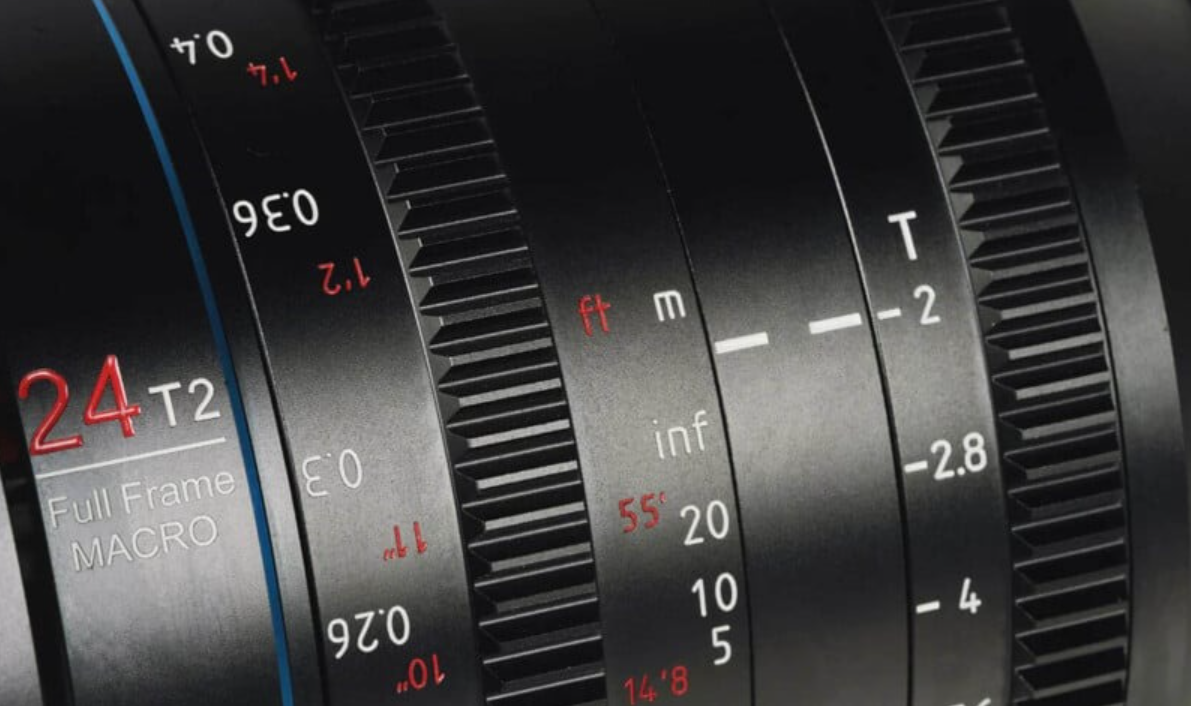
Unlike photographic lenses, which have short focus rings or lack physical stops, Cinema lenses have long-travel focus rings, often with clear focus distance markings, and a standard gear mechanism. This allows the operator to attach a focus motor or follow focus device for extremely smooth focusing, limiting sudden shakes or jerks. This is especially important when shooting complex scenes with a narrow depth of field (DOF), where even a few millimeters of deviation can cause the subject to fall out of focus.
In particular, most professional Cinema lenses are designed Parfocal,6 meaning that the focus is kept fixed on the subject even when zooming in or out. This saves time focusing, avoiding blurring or having to stop shooting to re-adjust the focus. Thanks to the ability to maintain smooth focus, Cine lenses open up unlimited creative possibilities for continuous motion shots, bringing characteristic cinematic images that are difficult to meet with conventional photographic lenses.
3. Aperture
In addition to the focusing system, aperture is also an important factor in the superior image quality of Cinema lenses and is also the reason why their price is significantly higher than that of conventional photographic lenses.
In cinematography, the bokeh effect – the blurred background area – is a valuable “weapon” to create visual depth, separate the subject from the background, and evoke emotions for the viewer. To have a smooth, round bokeh, the aperture of Cinema lenses is often designed with a large number of aperture blades, significantly more than that of conventional Photo lenses.
While consumer photography lenses typically have only 6-7 aperture blades, and some more professional lenses can reach 9–11 blades (like the Nikon Z 85mm f/1.2), high-end Cinema lenses almost always have at least 11 aperture blades, with some models reaching 12, 14, or even 16. The purpose is to ensure that the aperture hole maintains an ideal circular shape at all apertures, resulting in a natural bokeh, without hard edges or distorted hexagons or ovals.
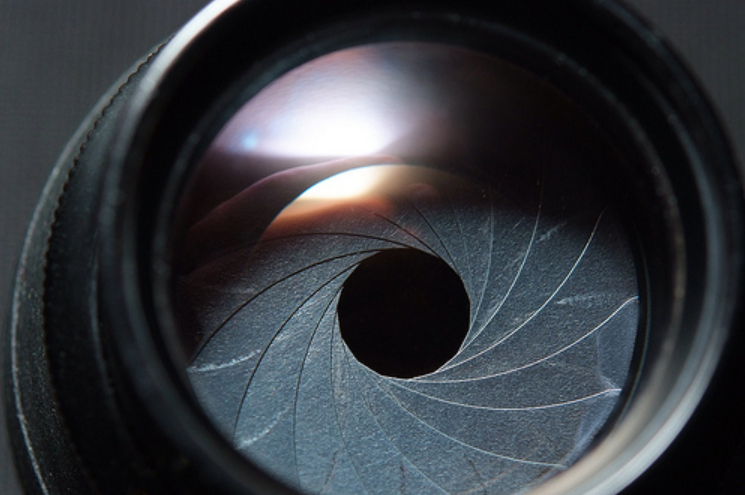
Furthermore, the large number of aperture blades helps to distribute light more evenly, reducing unwanted flare or fringes when shooting against backlight. The result is a soft, cinematic, aesthetically pleasing final image.
It can be seen that every detail from the aperture blade material, the smooth opening and closing mechanism, to the number of aperture blades all contribute to the value and difference of a specialized cinema lens. This is also the reason why those who are passionate about professional filmmaking are willing to invest heavily to own quality Cine lenses, worthy of every perfect frame.
4. Optical quality of Cinema lenses
Finally, it is impossible not to mention the outstanding optical quality – an important factor that makes the name of this lens line. In standard shooting conditions, the image quality between a photo lens and a Cine lens may not differ too much. However, in complex lighting conditions such as harsh sunlight or high contrast scenes, Cine lenses prove their true value.
Thanks to the advanced design, cinema lenses maintain uniform sharpness across the frame, limiting chromatic aberration, distortion, purple fringing or image distortion. The bokeh effect is also more beautiful, flare is handled delicately, especially suitable for scenes requiring shallow depth of field and complex light quality.
Therefore, the price of Cinema lenses is often much higher than that of normal photographic lenses. However, many manufacturers such as Sirui have now launched affordable anamorphic prime lenses with a variety of mounts, helping semi-professional filmmakers still have the opportunity to experience some professional cinema quality without having to invest too much.
In short, Cinema lenses are not just recording devices, they are specialized tools for telling smooth, subtle and emotional visual stories. Although expensive, the value they bring to each scene is worth it, especially for those who pursue the path of professional, high-quality filmmaking.







